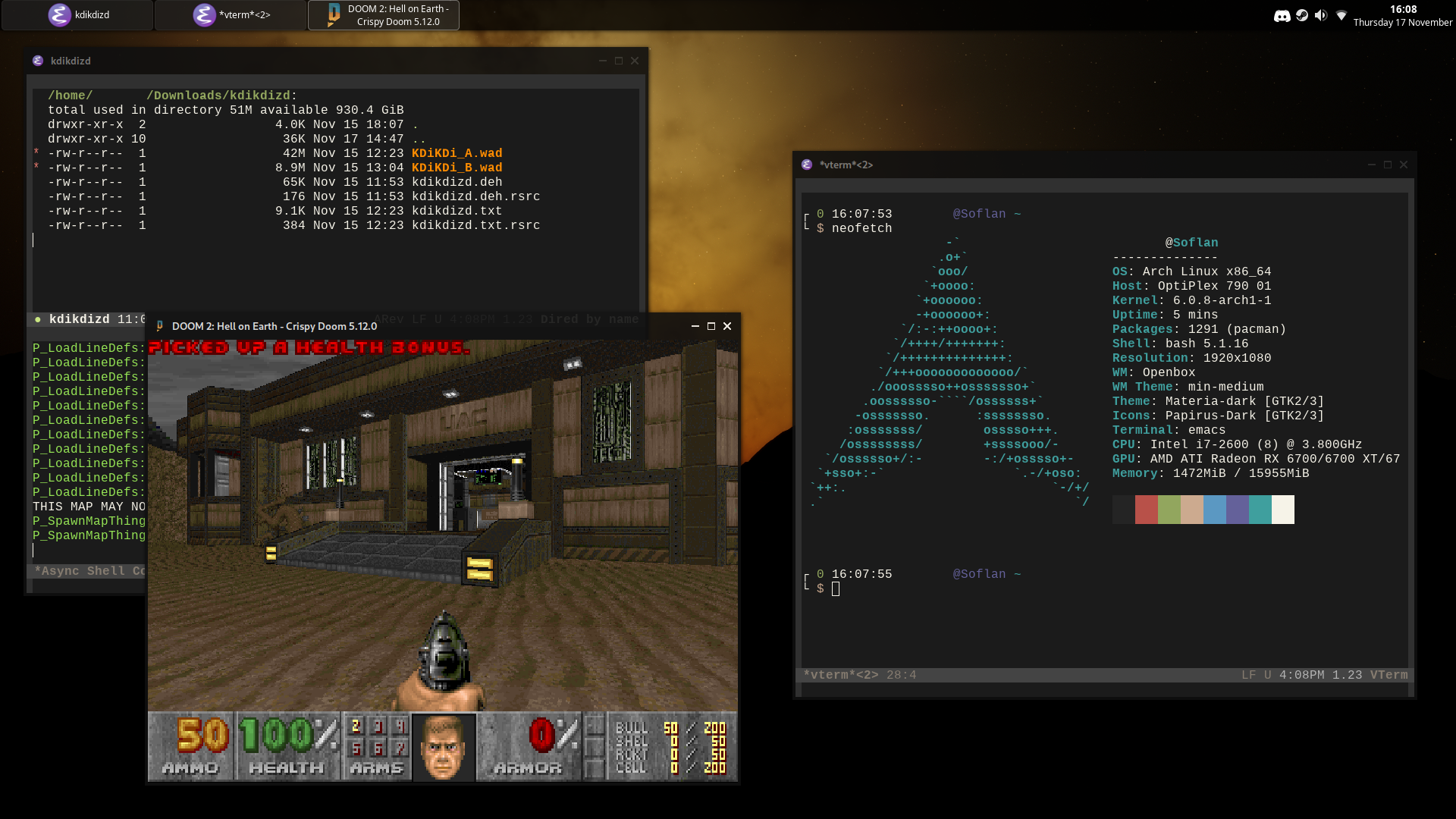I don't think that's a good idea. Pretty much all interaction with Emacs is
mediated through keybinds. There is no distinction between shortcuts and
fundamental behavior. Even ordinary typing is done by having each character on
your keyboard bound to self-insert-command. Perhaps there is some way to nuke
the global keymap, but then you're left with literally nothing. Besides, this
would not prevent various modes from adding their own keys anyway.
You should consider whether Emacs keybinds are actually in the way enough to be
bothersome. You can also keymap-global-unset (or keymap-unset) individual
bindings that you find problematic. I'd also consider delving into the Spacemacs
code to see how they implement their "vi only mode."

The reason that Doom is so portable goes beyond Linux and is an artefact of its development. id developed Doom on NeXTSTEP (i.e. Unix) machines and obviously targeted DOS. This is pretty unique among DOS games at the time and required id to write as much code as possible in a platform agnostic way. This means that the main engine does not care about where it is running and the usual DOS hacks are contained to DOS-specific files. In order to port Doom to a new platform, ideally one only needs to rewrite the system-specific implementation files for video, sound, filesystem access, etc., and this mostly holds true today. (These files are prefixed with
i_in the Doom source).The Linux port is just one of many versions developed at the time. I don't believe that it was commercially released; it was more of a portability test. The reason that the Linux version was chosen for the source release over the DOS version was because it didn't rely on the proprietary DMX sound library that the DOS port used.